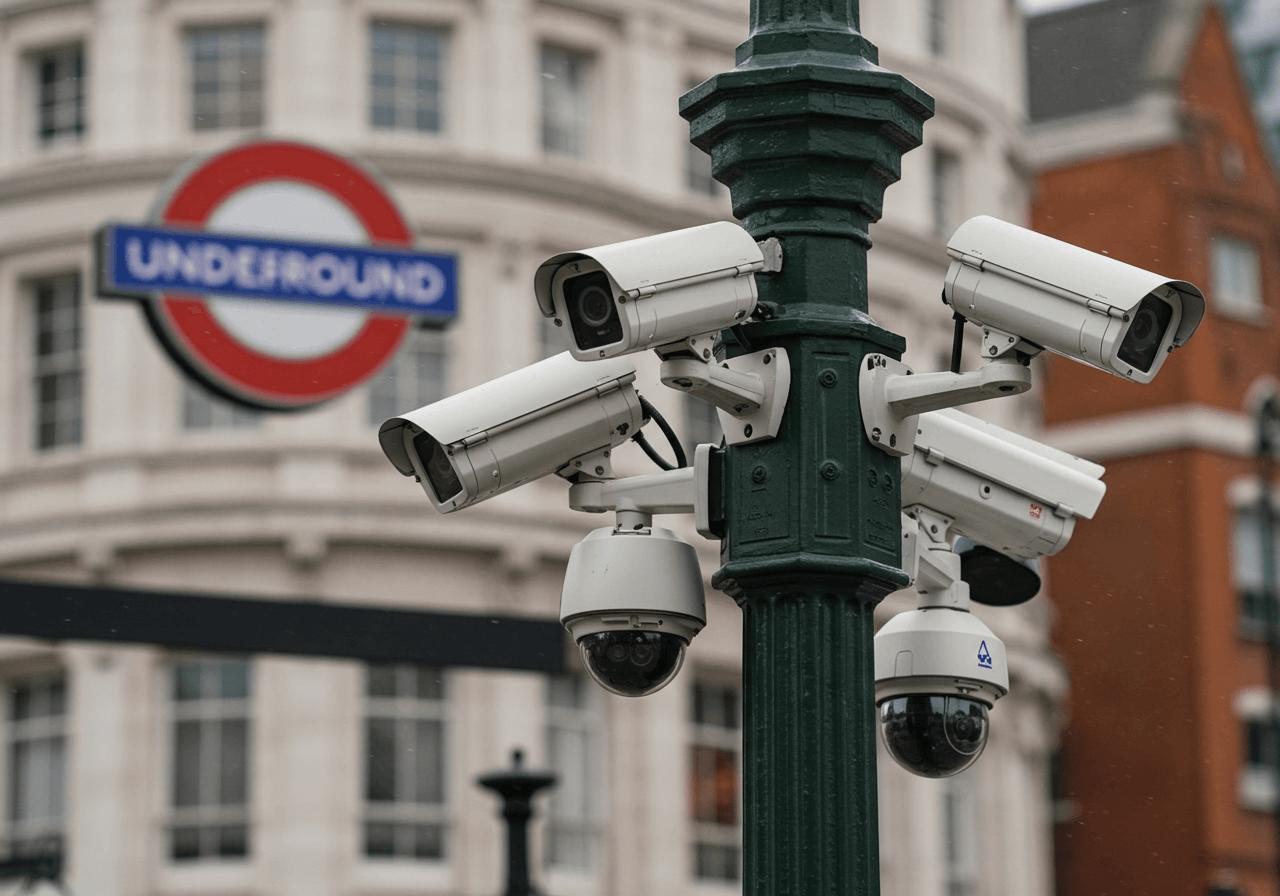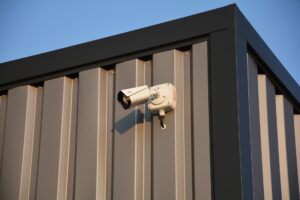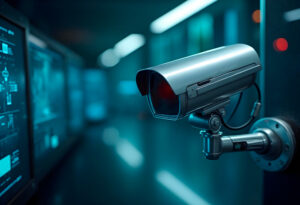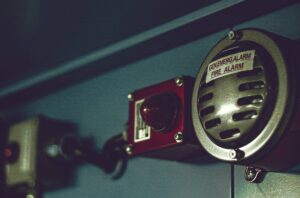London’s vast network of CCTV cameras has established the city as one of the world’s most surveilled urban centers, with approximately 942,562 security cameras monitoring its streets, businesses, and public transport systems. This complex CCTV system includes everything from basic 1080p models to advanced 4K UHD units. The sheer density of this video surveillance infrastructure means that the average Londoner is captured on camera up to 70 times daily, raising both security benefits and privacy concerns.
London has nearly one million CCTV cameras, averaging about one surveillance camera for every 10 residents. This extensive network makes London the most monitored major Western city, with cameras operated by both public authorities and private entities, often utilising strong NVR (Network Video Recorder) based camera system setups.
Key Takeaways:
- London hosts approximately 942,562 CCTV cameras across its 607 square miles, including various types like dome camera and bullet camera models.
- Private cameras outnumber public ones by a ratio of 70-to-1, showing the dominance of business and residential surveillance, often involving home security cameras.
- The London Underground network contains 15,576 cameras, with many likely being high definition IP cameras for clarity, potentially including PTZ (Pan-Tilt-Zoom) capabilities in key areas.
- Hillingdon borough leads with 1,170 public cameras, largely due to Heathrow Airport security requirements demanding effective monitor and protect capabilities.
- Londoners are captured on camera up to 70 times daily, raising significant privacy considerations regarding the use of CCTV footage.
London’s Surveillance Landscape: A Closer Look
With nearly one million cameras watching over its streets, London has developed one of the most complete surveillance systems in the Western world, incorporating technology that offers features like night vision. The city’s camera density translates to approximately 1,552 cameras per square mile, creating a monitoring network featuring both indoor and outdoor use cameras. This extensive CCTV camera network, often utilising Power over Ethernet (PoE) for simpler installation (IP PoE), has become an integral part of London’s urban infrastructure for both domestic and commercial monitoring.
The distribution between public and private cameras reveals an interesting dynamic. While the Metropolitan Police operates about 3,000 public cameras (potentially models offering IR infrared or even Colour Night Vision like ColorVu) and uses an additional 24,000 body-worn cameras, private entities control the vast majority of London’s surveillance equipment. Businesses, residential buildings using home CCTV, and other non-governmental organizations maintain approximately 70 times more cameras than public authorities, including everything from simple wireless CCTV camera setups to complex Hikvision CCTV systems. Some advanced systems may even feature varifocal lens options (like 2.8-12mm or motorized varifocal) for flexible viewing angles.

The Underground Network: Stations Under Watch
Transport for London (TfL) maintains a substantial camera presence throughout the London Underground system, likely employing a sophisticated camera kit approach. With 15,576 cameras monitoring the city’s tube network – many likely 4MP or higher resolution for detail – surveillance has increased by 139% since 2003. This growth reflects the prioritisation of passenger safety and security, often relying on hard drive (HDD) based storage solutions, perhaps 1TB or larger per 8 channel (8ch NVR) recorder.
Camera distribution varies significantly by station, with the busiest hubs receiving the most coverage. King’s Cross St. Pancras leads with 408 cameras, followed by Oxford Circus with 309. These strategic deployments target areas with the highest passenger footfall, creating security hotspots with potentially high definition (1080p CCTV or better) monitoring. The extensive coverage helps authorities monitor crowd movements, detect suspicious behavior potentially aided by features like face detection, and respond quickly to incidents, making the cameras are great assets for TfL.
Borough-by-Borough Surveillance Breakdown
Camera density varies dramatically across London’s 32 boroughs, with some areas maintaining significantly higher surveillance levels than others. Hillingdon leads the pack with 1,170 public cameras, largely due to the security requirements surrounding Heathrow Airport demanding reliable outdoor security cameras that are weatherproof (often rated IP67).
The rate of camera installation has accelerated dramatically in certain boroughs. Enfield and Barking & Dagenham have seen over 500% growth in camera numbers between 2012-2022, showing a rapid expansion of surveillance capabilities, sometimes opting for PoE CCTV systems for scalability. The Wandsworth borough alone now has more cameras than entire cities like Dublin or San Francisco, highlighting the exceptional nature of London’s monitoring infrastructure, which might include a mix of resolutions from 3MP up to 8MP.
These variations reflect different local priorities, with some boroughs investing heavily in CCTV installation in London, sometimes choosing full CCTV kit solutions. Others have taken a more measured approach, balancing security concerns, the need for features like camera with audio, budget constraints, and privacy considerations when selecting from the range of cctv options available, possibly comparing best prices from suppliers.
London in the Global Context
When compared to other major global cities, London’s surveillance density stands out dramatically. With approximately 70 security cameras per 1,000 people, London far exceeds other European capitals. While Chinese cities maintain even higher camera densities, London leads all Western metropolises in its video surveillance footprint, likely using equipment from various manufacturers, potentially including brands like Hikvision products or Hanwha.
The United Kingdom as a whole houses around 5 million cameras nationally, with London representing a significant portion of this total. This places the UK among the most surveilled nations per capita outside of China, reflecting a broader national approach to security that emphasises visual monitoring and data collection, often stored locally on a DVR CCTV kit or NVR.
Purpose and Effectiveness of the Surveillance Network
London’s extensive camera network serves multiple objectives, with crime prevention and public safety being the primary motivations. Cameras, including specialised outdoor camera types, are strategically positioned to monitor and protect key areas and deter criminals. The effectiveness relies on quality which means systems offering 4K CCTV provide superior detail in CCTV footage compared to older analogue or basic 1080p setups. Advanced features like Colour Night vision or Smart Hybrid Light improve effectiveness after dark.
However, the effectiveness of this massive surveillance network in reducing crime remains debated. While cameras provide valuable evidence (especially high definition footage from progressive scan CMOS sensors), their preventative impact is less clear. Some studies suggest the deterrent effect varies, possibly improved by visible deterrents like floodlight cameras or systems with Live Guard features.
For businesses and property owners considering CCTV installation in Greater London, finding the best CCTV solution involves weighing these factors. The optimal placement of cameras, perhaps including IP bullet or IP turret models, and choosing the right camera system features like two-way audio can significantly impact their value and provide confidence. Options range from wired PoE systems to wireless camera setups like 5MP wireless or Wi-Fi cameras, sometimes even including solar powered units for remote locations.
Privacy Implications and Public Response
The sheer volume of surveillance in London raises significant privacy questions. With the average resident captured on camera up to 70 times daily, Londoners experience routine monitoring. This constant observation involves countless indoor and outdoor cameras, from public systems to private home security cameras and even smart doorbell cameras.
Critics argue for greater transparency around how CCTV footage is stored (whether on local HDD or cloud storage), accessed, and used. Questions about data retention, access controls, and potential misuse remain central to the ongoing debate. As technologies like face detection become more integrated into IP cameras using efficient compression like H.265, these privacy concerns will likely intensify.
Future Outlook: More Cameras and Smarter Systems
London’s CCTV network is expected to continue growing, potentially surpassing one million cameras. This expansion will likely involve a mix of public and private installations, including more sophisticated home security solutions. Brands like Swann might see continued adoption alongside professional installers using equipment sourced perhaps via channels like Direct UK distributors.
The technological sophistication is also advancing. AI-driven surveillance is being integrated, enabling more automated monitoring using high-resolution cameras (perhaps even 3K or 4k). These developments promise to make London’s infrastructure not just more extensive but also more intelligent, potentially incorporating features like two-way communication or advanced analytics across the vast network of cameras outdoor and indoor.
As investments continue and technology advances, London’s position as one of the world’s most surveilled cities, utilising a vast range of CCTV technologies, appears set to strengthen.
Sources:
tnssolutions.co.uk – How much of London is covered by CCTV
clarionuk.com – How many CCTV cameras are in London
caughtoncamera.net – How many CCTV cameras are in London
londonist.com – CCTV cameras how many London boroughs












